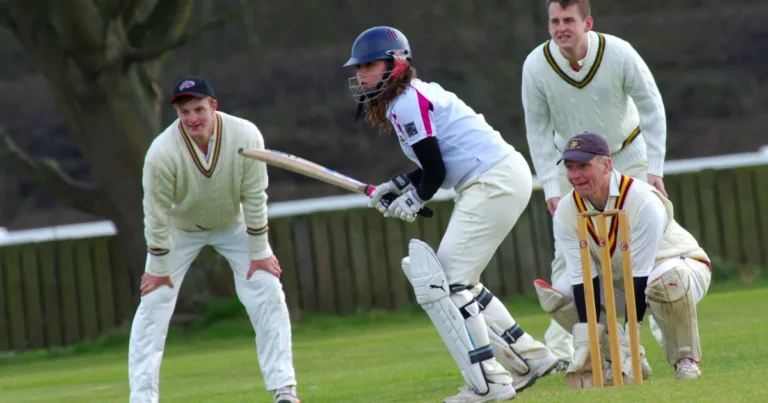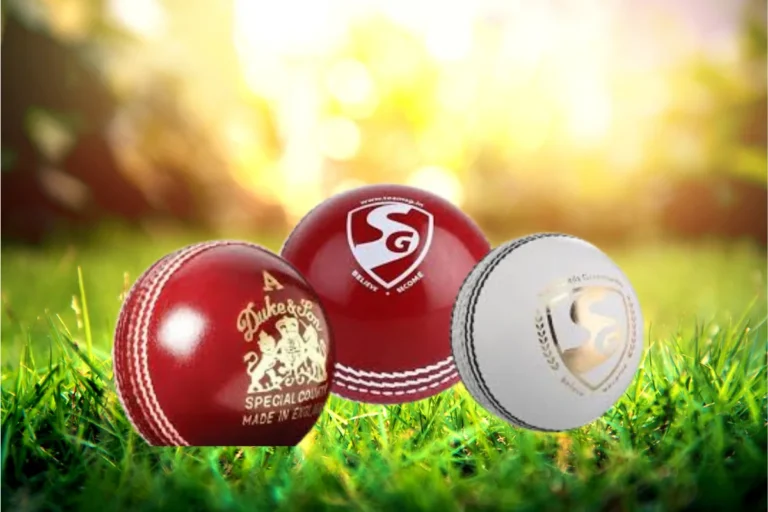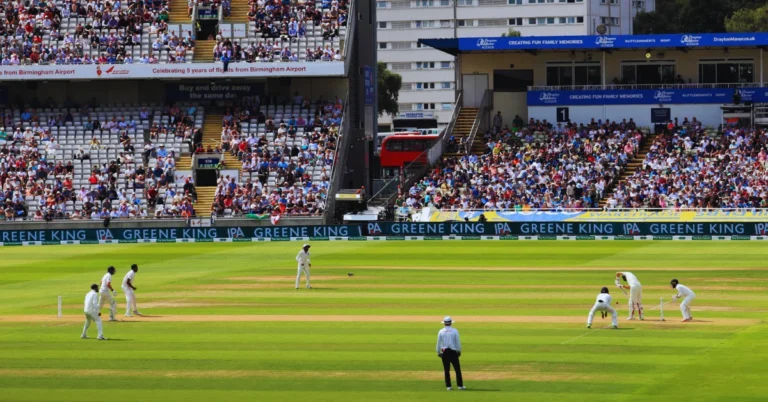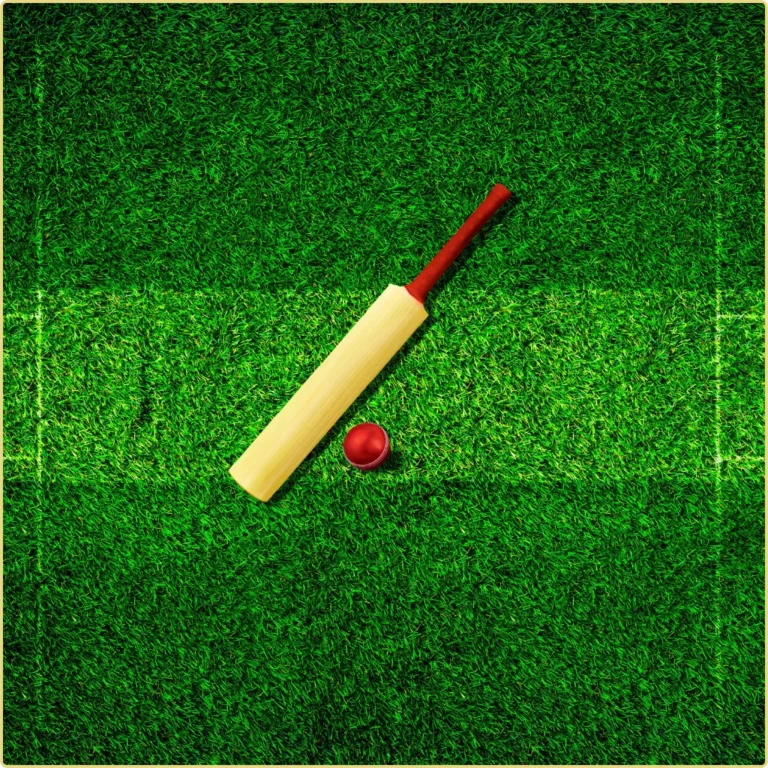4 Different Ways To Hold A Cricket Bat
Cricket, often dubbed as a gentleman’s game, requires precision, technique, and finesse, starting right from the way you hold the bat. The grip on the cricket bat plays a pivotal role in determining the quality of your shots, your control over the bat, and ultimately, your performance on the pitch.
Understanding the Basics:
Before we delve into the specifics of different grips, let’s understand the fundamental principles of holding a cricket bat. The grip essentially serves two primary purposes: providing stability and control while allowing flexibility for executing different shots.
Mastering this aspect is essential to improve batting skills, enabling players to handle diverse playing situations with greater confidence and precision.
methods
Here, we discussed about 4 different methods of holding a cricket bat;
method 1: The V Grip
The V grip is one of the most common and widely recommended grips for cricket bats. To achieve the V grip:

- Place your dominant hand (right hand for right-handed players) at the bottom of the handle.
- Wrap your fingers around the handle, ensuring that the index finger and thumb form a V shape.
- The index finger should be placed slightly apart from the other fingers, forming a natural groove where the bat handle sits.
Benefits
- Provides excellent control and maneuverability.
- Allows quick adjustments for different shots.
- Offers stability when playing defensive strokes.
method 2: The Split Grip
The Split Grip is a variation of the V grip, where the hands are positioned slightly apart on the handle, creating a small gap between them. To adopt the Split Grip:
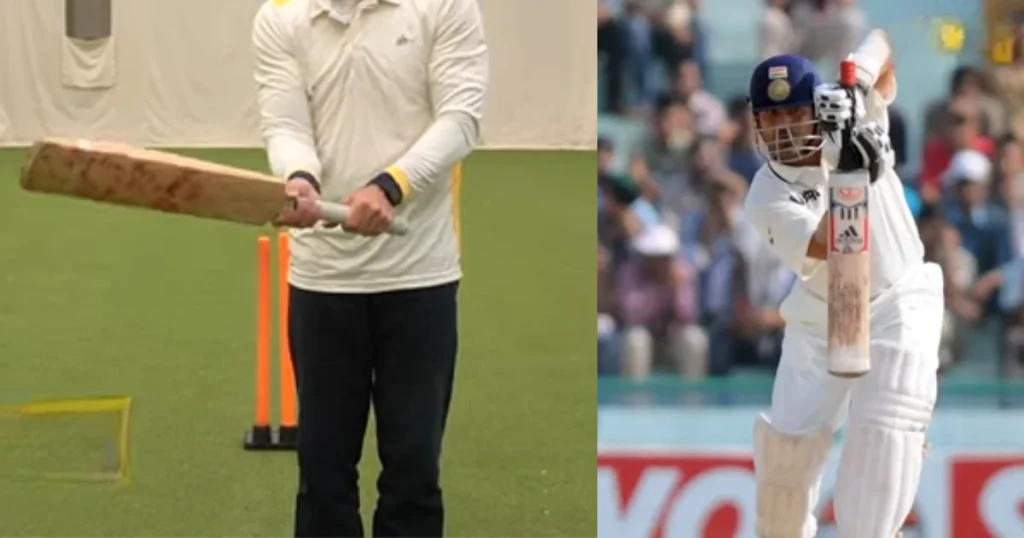
- Place your dominant hand (right hand for right-handed players) at the bottom of the handle as you would for the V grip.
- Instead of placing the non-dominant hand directly above the dominant hand, move it slightly up the handle, creating a small gap between the hands.
- Ensure that both hands maintain a firm grip on the handle, with the index finger and thumb forming a V shape.
Benefits
- Provides additional leverage and control, particularly for shots played on the front foot.
- Allows for better weight transfer and balance during shots.
- Offers versatility, enabling players to switch between defensive and attacking strokes seamlessly.
method 3: The Australian Grip
The Australian Grip, also known as the Pistol Grip, is a unique grip style favored by some cricketers, particularly in Australia. To adopt the Australian Grip:
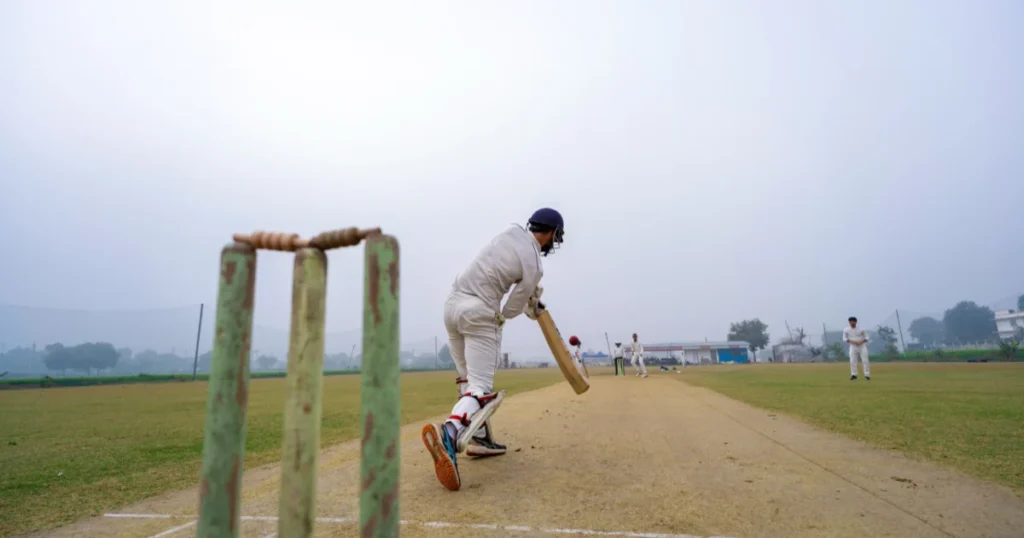
- Position your dominant hand at the bottom of the handle, similar to the V grip.
- Instead of wrapping the fingers around the handle, place the bottom three fingers (middle, ring, and pinky fingers) underneath the handle.
- Extend the index finger along the back of the handle, forming a pistol-like shape.
- The non-dominant hand is placed above the dominant hand, providing additional support and control.
Benefits
- Offers a different feel and grip sensation, which some players find comfortable and effective.
- Provides excellent control over the bat, particularly for shots played close to the body.
- Allows for quick adjustments and maneuverability, especially against spin bowling.
method 4: The O Grip
While the V grip is preferred by many, some players opt for the O grip, which involves placing all fingers together on the handle without forming a distinct V shape. To adopt the O grip:
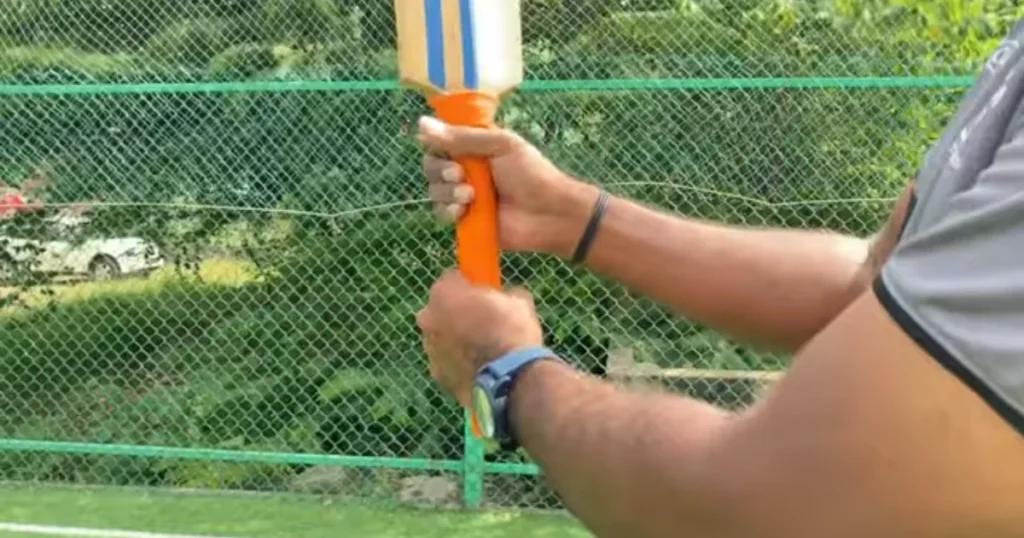
- Position your dominant hand at the bottom of the handle.
- Wrap all your fingers around the handle, maintaining a firm grip without creating a gap between the index finger and the rest of the fingers.
Benefits
- Offers a strong and secure hold on the bat.
- Can generate more power in shots, particularly for aggressive strokes.
- Provides stability when facing fast bowling.
Finding the Balance:
Whether you choose the V grip or the O grip, finding the right balance between holding the bat loosely and tightly is crucial. Holding the bat too tightly can restrict your wrist movement and reduce your ability to time the ball effectively. Conversely, holding it too loosely can result in loss of control and mishits.
Beginners often tend to grip the bat too tightly, fearing that it might slip from their hands. However, as you gain confidence and experience, it’s essential to learn to hold the bat more loosely, allowing for greater flexibility and fluidity in your shots.
Ideal Grip Tension:
- Experiment with different grip pressures during practice sessions to find what works best for you.
- Focus on maintaining a relaxed grip, particularly during the backswing and follow-through phases of your shots.
- Pay attention to how your shots feel – a well-timed shot should feel effortless, with the bat flowing smoothly through the ball.
OUTLOOK:
Holding a cricket bat correctly is a fundamental skill that every aspiring cricketer must develop. Whether you prefer the V grip or the O grip, the key lies in finding the right balance between control and flexibility while ensuring a relaxed grip. Remember, practice makes perfect, so dedicate ample time to refine your grip technique, and soon you’ll be wielding the bat with confidence and finesse on the cricket pitch.

